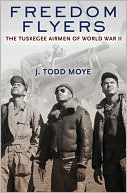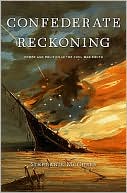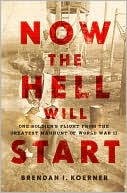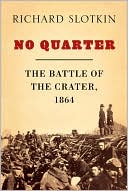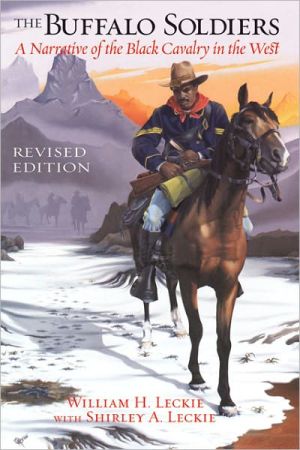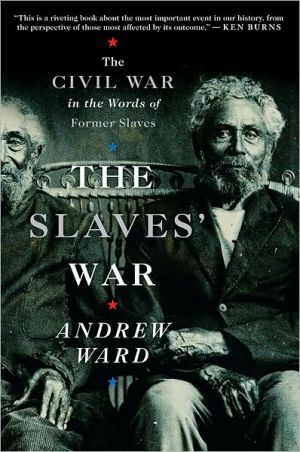Freedom Flyers: The Tuskegee Airmen of World War II (Oxford Oral History Series)
Search in google:
As the country's first African American military pilots, the Tuskegee Airmen fought in World War II on two fronts: against the Axis powers in the skies over Europe and against Jim Crow racism and segregation at home. Although the pilots flew more than 15,000 sorties and destroyed more than 200 German aircraft, their most far-reaching achievement defies quantification: delivering a powerful blow to racial inequality and discrimination in American life. In this inspiring account of the Tuskegee Airmen, historian J. Todd Moye captures the challenges and triumphs of these brave pilots in their own words, drawing on more than 800 interviews recorded for the National Park Service's Tuskegee Airmen Oral History Project. Denied the right to fully participate in the U.S. war effort alongside whites at the beginning of World War II, African Americans—spurred on by black newspapers and civil rights organizations such as the NAACP—compelled the prestigious Army Air Corps to open its training programs to black pilots, despite the objections of its top generals. Thousands of young men came from every part of the country to Tuskegee, Alabama, in the heart of the segregated South, to enter the program, which expanded in 1943 to train multi-engine bomber pilots in addition to fighter pilots. By the end of the war, Tuskegee Airfield had become a small city populated by black mechanics, parachute packers, doctors, and nurses. Together, they helped prove that racial segregation of the fighting forces was so inefficient as to be counterproductive to the nation's defense. Freedom Flyers brings to life the legacy of a determined, visionary cadre of African American airmen who proved their capabilities and patriotism beyond question, transformed the armed forces—formerly the nation's most racially polarized institution—and jump-started the modern struggle for racial equality.Kirkus ReviewsMoye (History/Univ. of North Texas) takes a sober, probing look at the complicated segregated context in which black men trained and were deployed as pilots during World War II. Integration of the Armed Services came by President Truman's executive decree in 1948, and then as a political re-election nudge, but it was largely due to the valiant performance and active advocacy for equal rights by the black pilots such as those trained at Tuskegee Army Flying School. Before WWII, segregation reigned in all aspects of American life, and the Army War College maintained strict racist stereotypes regarding black soldiers-they were superstitious, "susceptible to the influence crowd psychology" and "unmoral [sic]," according to the "pseudoscientific" 1925 study "The Use of Negro Manpower in War." However, by June 1941 Roosevelt was aware of the danger of alienating blacks from an all-out war effort, recognizing the significance of their power: "Our problem is to harness and hitch it up for action on the broadest, daring and most gigantic scale." Thanks to lobbying by presidents of historically black colleges like Wilberforce, Hampton and Tuskegee, the creation of the Civilian Pilot Training Act of 1939 allotted allowances for the training of black pilots as well as whites. The NAACP and others objected to the segregation of black pilots at Tuskegee as a creation of "a Jim Crow air squadron." Nonetheless, nearly 1,000 pilots graduated from the program, and nearly half of them flew in combat, proving mightily to the world their capabilities. Moye follows the careers of many of these pilots, their experience of discrimination in the Army and shameful treatment afterward, and how vigorous efforts byEleanor Roosevelt, William H. Hastie and others helped change perceptions. A scholarly but accessible treatment of a significant forerunner of the civil-rights movement.
Prologue: "This is Where You Sit"Chapter 1: The Use of Negro Manpower in War Chapter 2: The Black Eagles Take Flight Chapter 3: The Experiment Chapter 4: Combat on Several Fronts Chapter 5: The Trials of the 477th Chapter 6: Integrating the Air Force Epilogue: "Let's Make it a Holy Crusade All Around"Notes Note on Sources Bibliography
